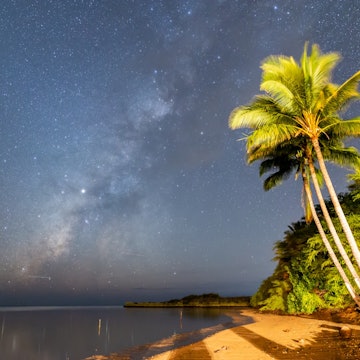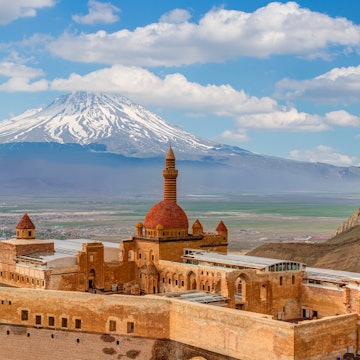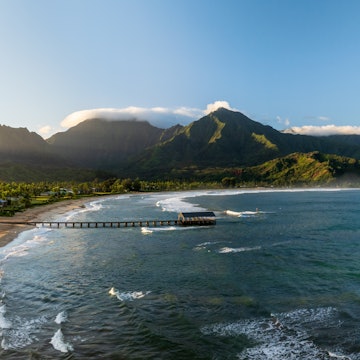
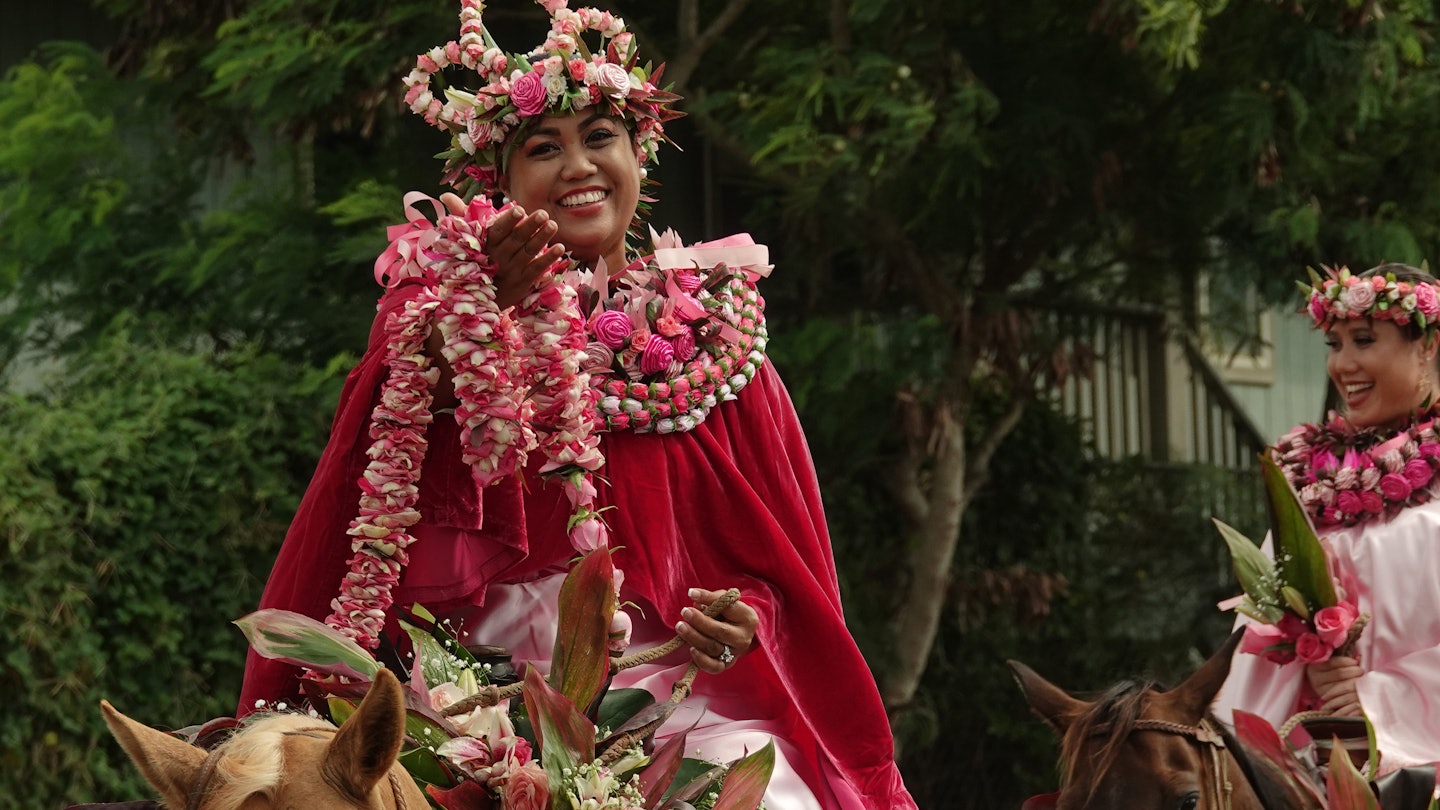
Maui is a culturally rich place with an extensive history – take your time to learn about it all © Kilmer Media / Shutterstock
This article was adapted from the 2024 Maui guidebook due to be published in August. Writers Amy Balfour, Malia Yoshioka, Savannah Daupion & Ryan Ver Berkmoes all contributed to this article.
Hawaiian culture is about much more than melodic place names and luau. The arts, both healing and traditional, are experiencing a revival, while ancient heiau (temples), native forests and coastal fishponds are being restored. Resorts, outdoor outfitters and philanthropic groups are intentionally spotlighting long-held customs and traditional activities, and visitors are increasingly encouraged to slow down and learn.

Paddle an outrigger canoe
Polynesians were Hawaiʻi’s first settlers, paddling outrigger canoes across 2000 miles of open ocean. Outrigger canoes have a stabilizing float, attached to the canoe by two bars. The first Europeans to arrive were awestruck at the skill Hawaiians displayed, timing launches and landings perfectly and paddling among the waves like dolphins. Today, canoe clubs keep the outrigger tradition alive. You can join a morning paddle with the Kihei Canoe Club in North Kehei' reserve your spot on the online calendar. Paddlers must be at least eight years old, and a donation of $40 per person is requested.
Members and registered visitors push out to sea every Tuesday and Thursday morning for a one-hour paddle. Check-in at 6:30am on Kenolio Beach, and club members will provide instruction before circling up for ‘E Ala E’, a traditional Hawaiian chant. As you skim along the coast, paddling in unison (as best you can!) in the club’s distinctive red-and-gold waʻa (canoes), you may spot some whales and green turtles. Club members in each waʻa typically share facts about Hawaiian culture and local marine life. Some trips stop just south at the historic Koʻieʻie Fishpond, where volunteers discuss ancient fishing practices.
After your paddle, stick around for complimentary coffee and snacks on the beach. Make sure and stop by Sugar Beach Bake Shop across the street for some post-canoeing sustenance.
Maui Sailing Canoe in Wailea and Hawaiian Paddle Sports in Makena offer guided outrigger-canoe tours, sharing cultural insights, too.
Attend the Masters of Hawaiian Slack Key Guitar Concert Series
The vibe is welcoming on Wednesday nights inside the Aloha Pavilion at Napili Kai Beach Resort when Ledward Kaapana and other top slack-key guitarists take the spotlight at the Masters of Hawaiian Slack Key Guitar Concert Series. Slack key is a unique Hawaiian fingerstyle, and George Kahumoku Jr, a slack-key legend in his own right, is the weekly host of this acoustic show. As much a jam session as a concert, this is a true cultural gem that’s worth experiencing. Reservations are recommended, but tickets may be available at the door. Shows run from 6:30 until 8:15pm (tickets $40–60).
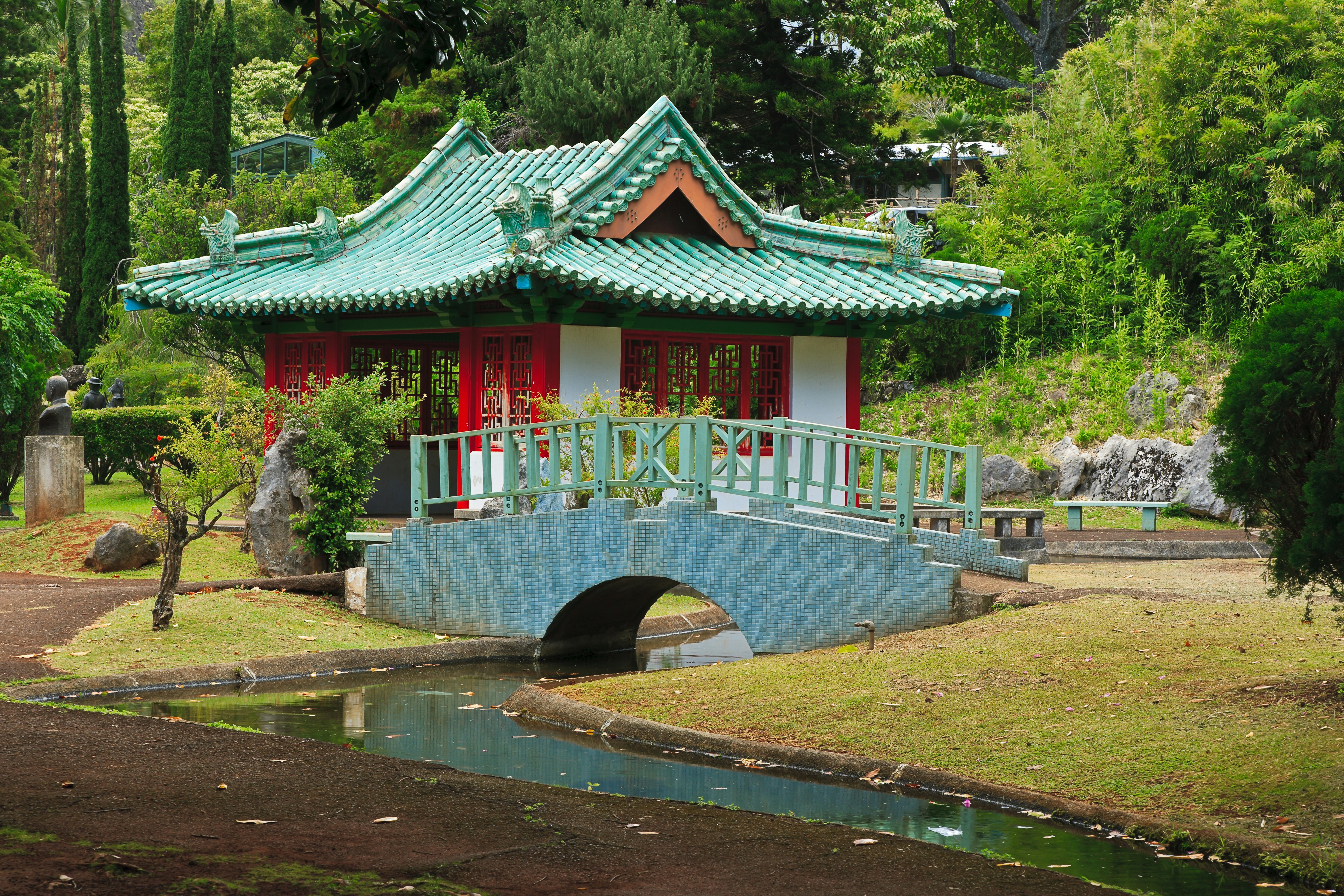
Walk through Kepaniwai Park & Heritage Gardens
Many cultures contributed to current life in modern Maui. At Kepaniwai Park & Heritage Garden, you can walk through homes that represent the various ethnic communities who have settled on Maui: a Japanese teahouse with shoji screens and koi ponds, a Hawaiian thatched roof hut and loʻi kalo (taro patch) and a Portuguese courtyard with a beautiful tiled fountain and bread oven. You’ll also find gardens dedicated to Chinese, Korean, Filipino, Puerto Rican, New England and African American immigrants. Photography lovers will enjoy the many details and lush green backdrop. The eight covered pavilions and uncovered picnic tables of the park are a favorite spot on the weekends when you’ll see local barbecues, family picnics and birthday parties. It can get a bit crowded, so visit on a weekday afternoon for a quieter experience. Be sure to bring some takeout from one of Central Maui’s local eateries on your way here, and, of course, clean up your rubbish when leaving.
Admire the collections at Hale Hōʻikeʻike at the Bailey House
If you visit only one museum in Central Maui, make it Hale Hōʻikeʻike at the Bailey House, and try to visit early in your stay. Here, docent-led tours will help to add context on your walk through history – starting with priceless artifacts from the time of the aliʻi (Hawaiian chiefs). The museum sits on the road to ʻIao Valley, so this is a perfect stop before hiking through the site of the Battle of Kepaniwai. Exhibits from the later missionary period and the time of the Hawaiian monarchy can provide context for walks through the churches and architecture of Wailuku town. The museum is only open from 10am to 2pm Tuesdays through Fridays, so give yourself an hour or so to stop either before ʻIao Valley or on your way back. Don’t miss a walk around the grounds of the house, including the Keoni Room (the oldest Western structure on Maui) and the canoe house, which holds a surfboard belonging to legendary waterman Duke Kahanamoku.
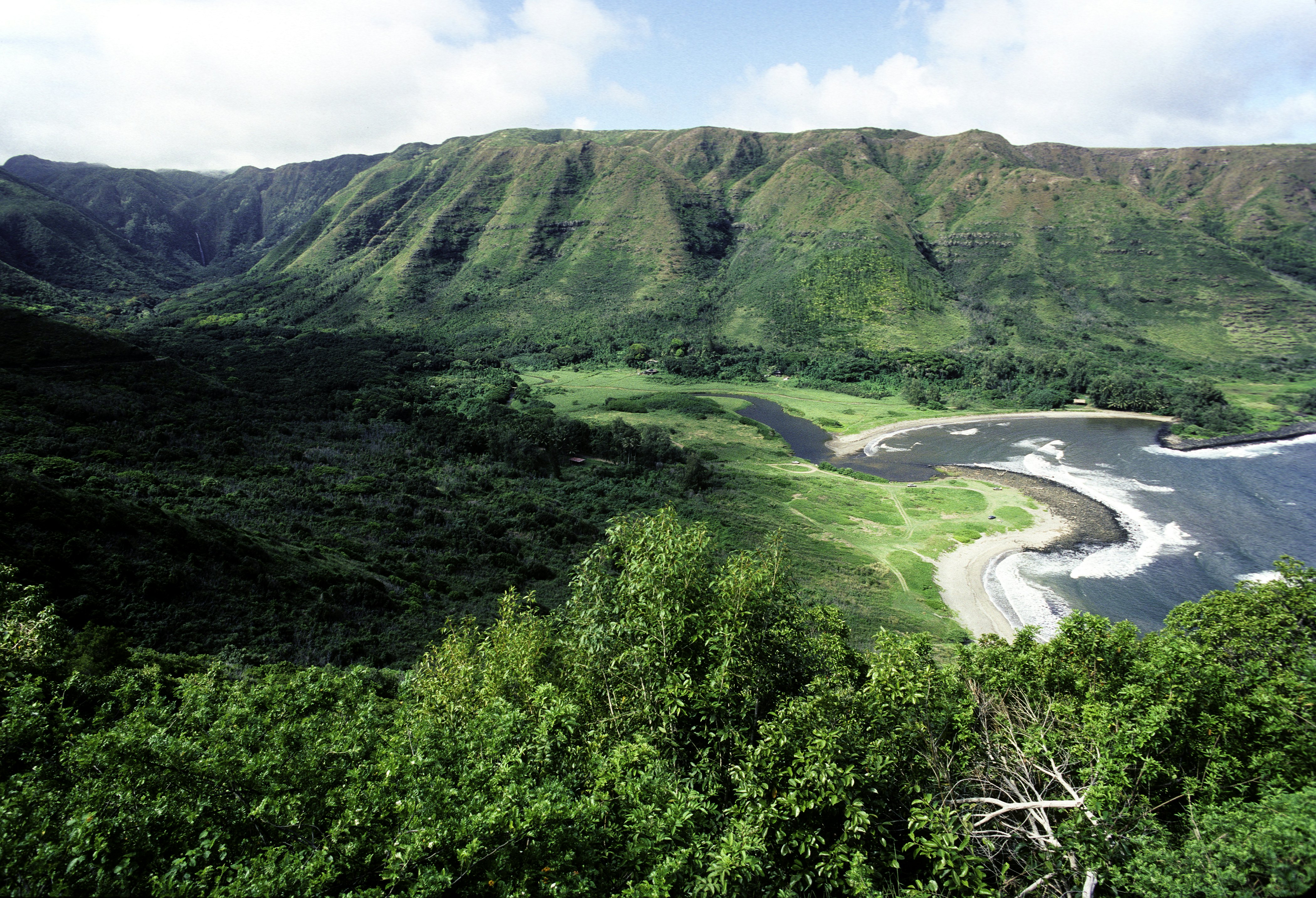
Hike past stone temples and a burial ground in the Halawa Valley on Moloka‘i
If you're taking a day trip to Moloka'i from Maui, and we strongly suggest you do, prepare for the stunningly gorgeous, Halawa Valley which enjoys an end-of-the-road isolation that its residents guard passionately. It was an important settlement in precontact Molokaʻi, with a population of more than 1000 and a complex irrigation system watering more than 700 taro patches. Remains of a burial ground that may date to 650 CE and a seven-tiered stone temple are scattered over the pathway to the Moaʻula and Hipuapua Falls.
Three heiau sites are believed to have been built in this area, and two of these are thought to have been luakini (where human and animal sacrifices were made). You’ll probably still feel the charge down here. As late as the mid-19th century, the fertile valley still had a population of about 500 and produced most of Molokaʻi’s taro. However, taro farming came to an abrupt end in 1946 when a massive tsunami swept up the Halawa Valley, wiping out the farms and much of the community. A second tsunami hit the valley in 1957. Only a few residents now remain; not everyone welcomes visitors: respect gates and any "no trespassing" signs.
Wander around ʻUlupalakua
Visitors mainly pass through ʻUlupalakua when coming out of Hana on the backside of Haleakalā, but many fail to stop and explore. Although the town is small, it has two spots you don’t want to miss. Maui Wine is a staple in ʻUlupalakua, cultivating six grape varietals across 23 acres. Visitors with reservations can experience a full tasting, while those without reservations can walk around the historic property, stop in at their shop and indulge in a quick taste at the bar. In their main building is a room that tells the history of ʻUlupalakua. ʻUlupalakua Ranch takes up the majority of the surrounding area. Full-time farmers cultivate the land and livestock by perpetuating paniolo (cowboy) practices.
In the ʻUlupalakua Ranch Store, they have ranch and cowboy merchandise as well as drinks and snacks. Tucked in the back corner is the most unique part of town: the grill. Order a burger made from venison, lamb, elk or beef; the livestock are all grass-fed and raised on the ranch. The grill is only open for lunch, so be sure to carve out some time in the middle of the day to visit.
Keep planning your trip to Hawaii:
Explore the island on these Maui road trips
Figure out which island is best for your trip
Everything you need to know for your first visit to Hawaiʻi Volcanoes National Park









